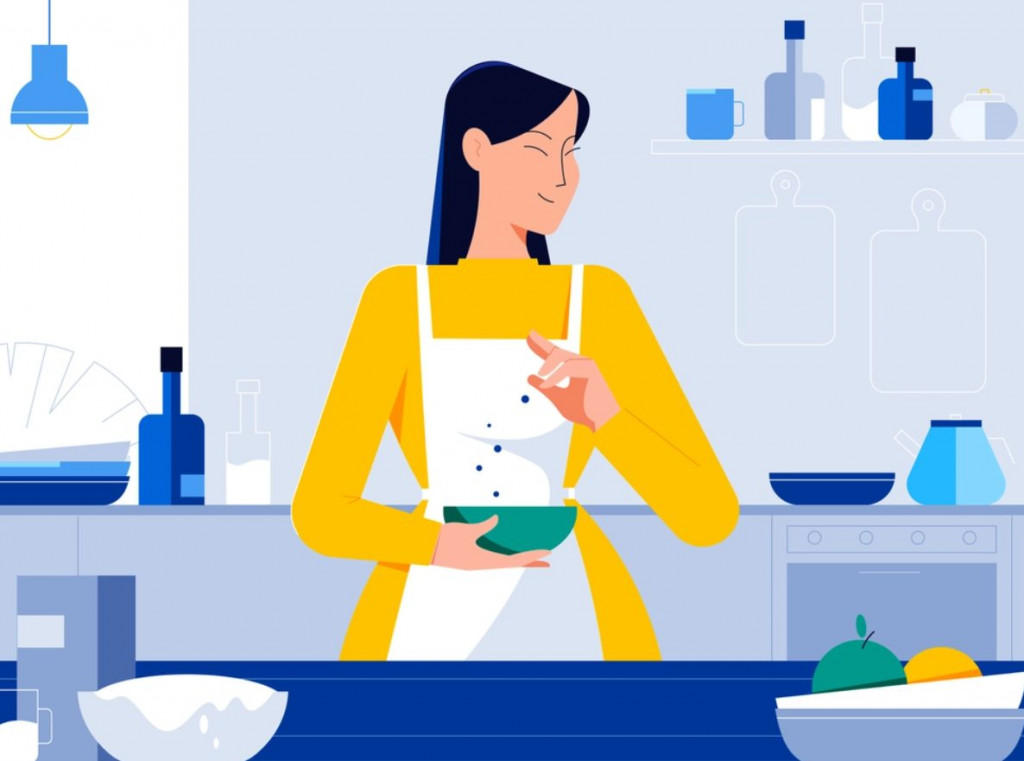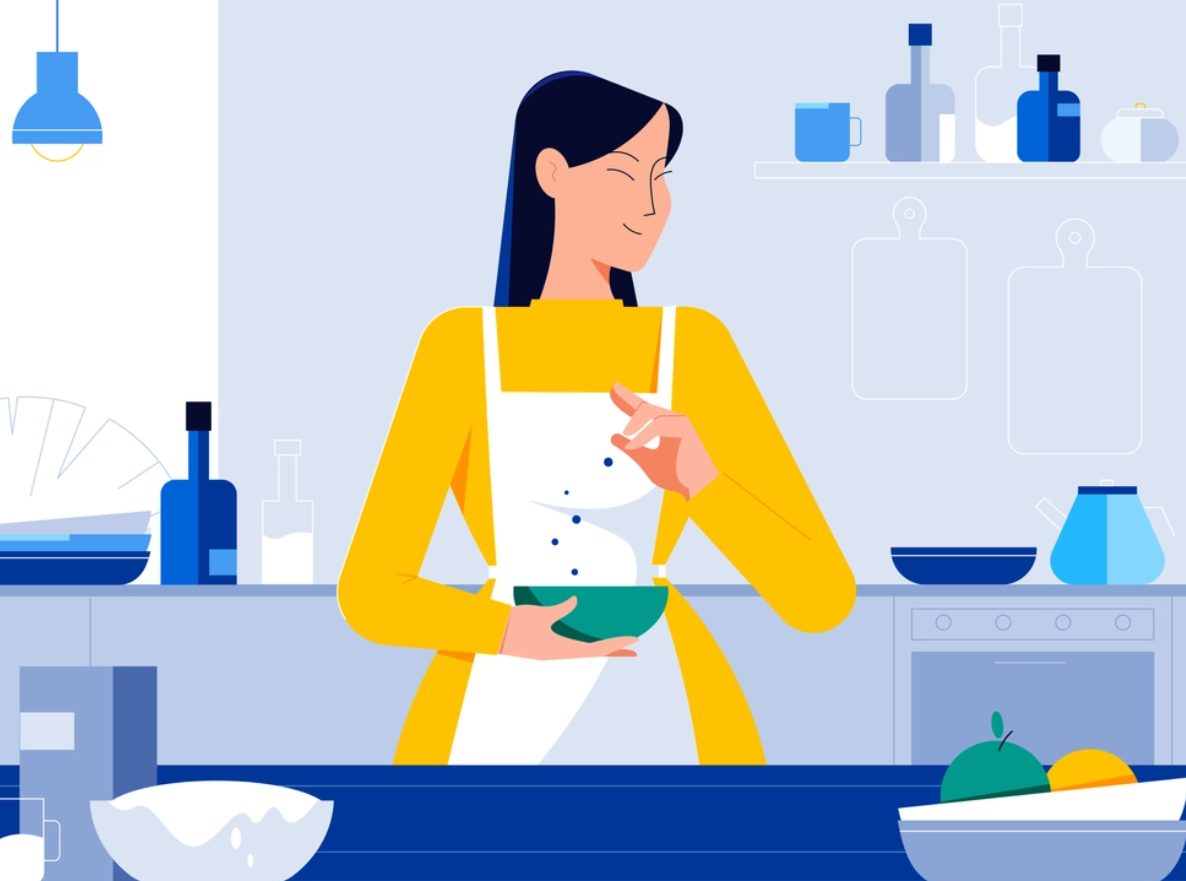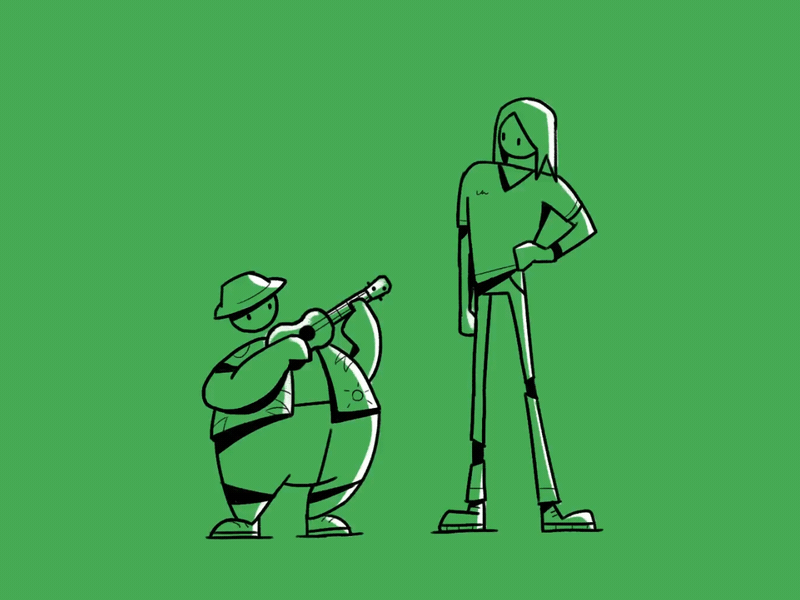How to Develop an Automated Restaurant Ordering System in 2023
More and more people are interested in and investing in food tech startups that are operating at the edge of the technology sector and the food market. Last year, according to AgFunder, global investment in agro and food tech reached a record $10.1 billion, up 29% from a year earlier. If you want to join but don’t yet know how to build an automated restaurant ordering system to skyrocket your food project, this post is just for you.

Must-Have Features of Automated Restaurant Ordering Systems
Today, online technologies are being integrated into almost all restaurant business activities, hosting with cloud-based POS systems for managing the establishment and completing with order-taking robots. According to the McKinsey Global Institute’s assessment criteria, about 54% of the tasks frequently used by workers and hotels can already be used with available technology, making it the fourth-largest automation sector in the US.
This is a direct indicator of huge food technology prospects for your business. But first, you need to design an automated food ordering system with minimum vital features to give it a chance. Let’s check on the must have features for your online food app.
Restaurant Ordering Systems Menu Options
Your business should be able to provide the menu, accept and handle online orders for delivery or takeout by using an online food ordering system. Customers go through a digital menu on a website or app, place their order, and pay for it all online. The menu is the first thing to consider while opening any food restaurant.
Payment, Invoicing, and Commission Features
Further, your app should include safe and robust payment, invoicing, and commission features for scheduled payments and transactions made by a consumer against the outstanding amount for the products and services received. An invoice is a written statement that lists the specifics of any products or services sold and ask for payment for those goods or services. Cards and cash options, e-mail notifications and so much more should be considered.
Food Ordering Module
Next thing to consider is food ordering modules. They can be as follows:
- The Order Module which allows us to create, read, amend, and delete Orders.
- Food Item Module. This module oversees all activities connected to food items.
- Sales Module: Sales are managed via the Sales Module.
- Delivery Module: It was created to manage deliveries.
At least these four components should be taken into account in most important cases of developing a meal ordering app.
Management Features for Delivery
Of course, your app should have a robust delivery management. Delivery management is implementing excellent logistical procedures, supported by digital tools, to ensure that products are transferred from one location to another successfully and efficiently until they reach the final consumer.
Map Modules and Heat Map
Great navigation for both delivery and consumers is a must. Although heatmaps can be used for many different types of analytics, they are most frequently used to display user behavior on certain webpages or webpage layouts. Heatmaps can be used to illustrate eye-tracking test results, where users have clicked on a page, and how far down a page they have browsed, etc. your users should be able to track their delivery via map modules, as well as your delivery use them to accomplish their delivery routes better, etc.
Notification Centre and Chat Capabilities
You may scroll back and view the notifications you’ve missed thanks to Notification Center, which displays your notification history. You can view your notifications from the Notification Centre in one of two ways: Swipe up from the screen’s centre on the Lock Screen. Swipe downward from the center of the top of any other screen or any other. You choose your app layout and organise the centre with the best UX.
Integration with Social Media Platforms
Just like review section, the use of social media in your app marketing strategy is known as social media integration. This could imply that the company promotes its social media accounts during product demonstrations, meetings, webinars, freebies, and other b2c or b2b business events.
QR Code Food Ordering
With the help of this feature, your customers may examine your menu, place orders, and make payments using their own devices with QR code ordering, a sort of digital ordering. Furthermore, during a nationwide labor crisis, this contactless solution is assisting businesses in increasing their productivity and convenience. So, it would be a very useful feature to integrate.
Integration with IoT Devices
When implementing end-to-end IoT business solutions, IoT integration refers to making the combination of new IoT devices, IoT data, IoT platforms, and IoT applications — combined with IT assets (business applications, legacy data, mobile, and SaaS) — all function well together. For your food app, that’s another useful integration that adds to your competitiveness.
Third-Party Integration
Application programming interfaces (APIs) are attached from one application to another through third-party integration. Many programmers employ this integration to make a product capable of carrying out the same tasks as the program it’s been merged with. You’ll need maps and routes in an app for food delivery, for instance. Of course, API systems have more benefits since guarantees a multichannel presence and better coverage with less software development costs.
Access and Account Management
Account request, creation, issuance, modification, and disabling of user accounts; enabling and disabling access to applications and resources; defining criteria for group and role membership; monitoring accounts and their corresponding access authorizations – all that is account management which is also a heart of your system.
Analytics and Reporting Capabilities
Reporting is the process of taking already-existing information and making it comprehensible and user-friendly. In order to increase your business organizational competitiveness, analytics skills work in conjunction with management control systems. Your fast food automated ordering system should include a robust platform to integrate Analytics and Reporting features.
Rankings and Reviews Functionality
More so than chatbots, product page descriptions, and the website’s search option, ratings and reviews are the top online feature that customers use to quickly make informed purchasing decisions before submitting their orders to your order-taking system. That’s why in food industry reviews are also a must.
Support and Loyalty
Customers who make more purchases from a particular brand are given special rewards through loyalty programs. Retailers and businesses can encourage customers to buy their items repeatedly by offering redeemable points, promotional discounts, or exclusive offers—and this strategy isn’t just a fad.
Revenue Management Tools
In order to forecast demand and make rate recommendations, a revenue management system examines a variety of competitor rates, historical rates, market dynamics, and inventory levels. The complete process will be automated by a good revenue management system, which will also produce rates that can maximize income and profitability.
Steps to Develop a Custom Automated Food Ordering System
After authorization, the users, just like on the website, should be able to view the list of restaurants, menus, place an order, pay it up, track it online, etc. Mobile devices use GPS to determine the delivery location. If desired, the address can be clarified manually or changed to any one located in the courier service area, etc. That’s how a great food system app usually works with all the necessary features included. So, when you find a reliable food app developer, you pass over your idea to the team and get a full-fledged app in the end created as per your requirements. What are the exact steps in developing an ideal food system for your delivery business?
Planning
Before development, you need to conduct research, analytics and planning to find answers to the basic app questions. The business model and functionality of the future application will depend on the answers. In any case, you will need to build a system for working with personnel and ensure quality delivery for users. Think in advance how you will take orders, resolve organizational issues and disputes. Who will deliver the food? You can hire your own courier team or use third-party services.
Discovery Phase for the Project
The discovery phase, or scoping, involves gathering and studying data regarding the project, its target market, and its target audience. It enables a thorough understanding of the objectives, boundaries, and constraints. Understand who your target audience is. Create a rough portrait of your audience and consider the functionality that will fully satisfy their needs. Decide on the key features and elements of your app before designing it.
The discovery phase guarantees the project’s success and reduces the likelihood of time and expense overruns. We can identify possible problems and possibilities early on by doing research and assessing user needs and market trends, leading to a more effective and efficient development process.
Designing the System
A user journey map, flowcharts and rough screen designs are drawn up. The prototype allows you to test the functionality at an early stage and, if necessary, quickly make changes.
Ideally, the user should complete the order in a couple of steps, so make the interface intuitive and functional. Don’t force people to open pages multiple times to figure out how they work. Apply nice visuals. Even if your application is as convenient as possible, inharmonious colors and poor quality photos can scare a person away.
Development and Testing
The developers write the code at this stage to make the application work and look as planned. During development, the application is checked for errors and failures, as well as stability on different devices, etc.
Deployment of the System
After the final tests, the application is launched, published on the websites, but the work on it does not end there. The help of the development team will be required to optimize, add new features and update the application, etc.
Maintenance, Security, and Updates
Tus, the automated ordering system for restaurants are further maintained by team, the scaling and other minor and major changes are gradually provided as the project grows.
The market and audience needs can change quickly. If you want to launch a product and not spend a budget on features that you are not completely sure about, take a closer look at the development of the minimum application version (MVP). Developing all the features will be faster and cheaper and will allow you to gradually improve the already working application, based on user experience and behaviour.
Conclusion
The latest trends only confirm the food tech boom. It may seem that large players already take the market, but you always have the opportunity to create something unique. So you may take advantage of the situation and integrate online delivery into your business strategy. Your automated ordering system should be made with the latest technology to save you a lot of time and money, as well as to expedite and improve the ordering experience for your customers.
The development process with a reliable ten will bring your idea to success. Fireart team has been developing client and our own projects for nearly a decade now and understand that the correct assessment of resources and constant testing will allow us to allocate finances and successfully monetize the food project correctly. Give us a call.





















